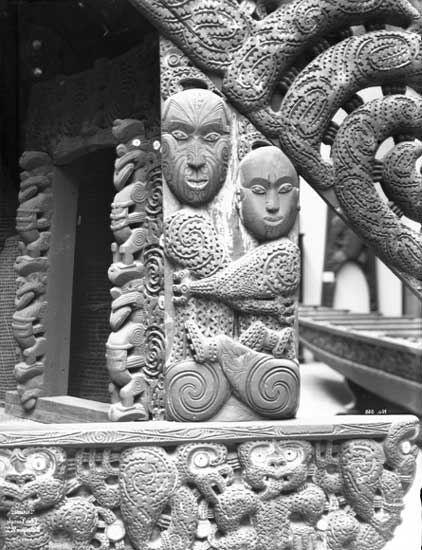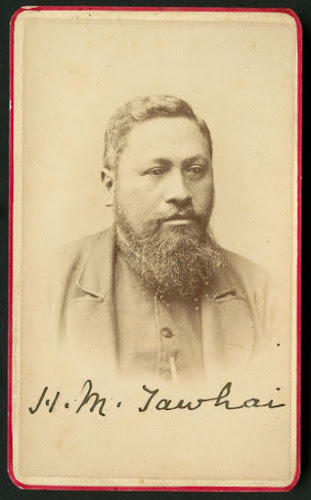Inglorious Dastards: Rangiaowhia Raid and the 'great war for New Zealand'
A George Grey-inspired attack that killed up to 100 Maori
men, women and children to crush a non-existent uprising signalled “a
great war for New Zealand” was being waged.
Today, the only visible remnant is St Paul’s
Anglican Church. Further up the road is an old Catholic cemetery where a
mission station once stood. The two churches marked the outer limits of
Rangiaowhia, a bustling Maori settlement 5km east of Te Awamutu. In the
1850s, it was one of New Zealand’s most important agricultural hubs.
But all that changed with a devastating and controversial raid early in
1864. It is a story few New Zealanders know anything about.
 |
| Sir George Grey Special Collections, Auckland Libraries, 7-C2 |
Throughout the 1850s, the Waikato tribes were among the most prosperous,
not only feeding the settlers of Auckland but also contributing a
significant chunk of the country’s export earnings through wheat sold to
the gold miners of Victoria and California. The area around Rangiaowhia
was the country’s granary, and in 1849, two young chiefs from the
settlement proudly sent a bag of flour ground at their own mill all the
way to Queen Victoria. Crowds of Waikato Maori flocked to view the two
lithographs of the royal family the Queen sent them in return.
[Read more at NZ Listener]



Comments
Post a Comment